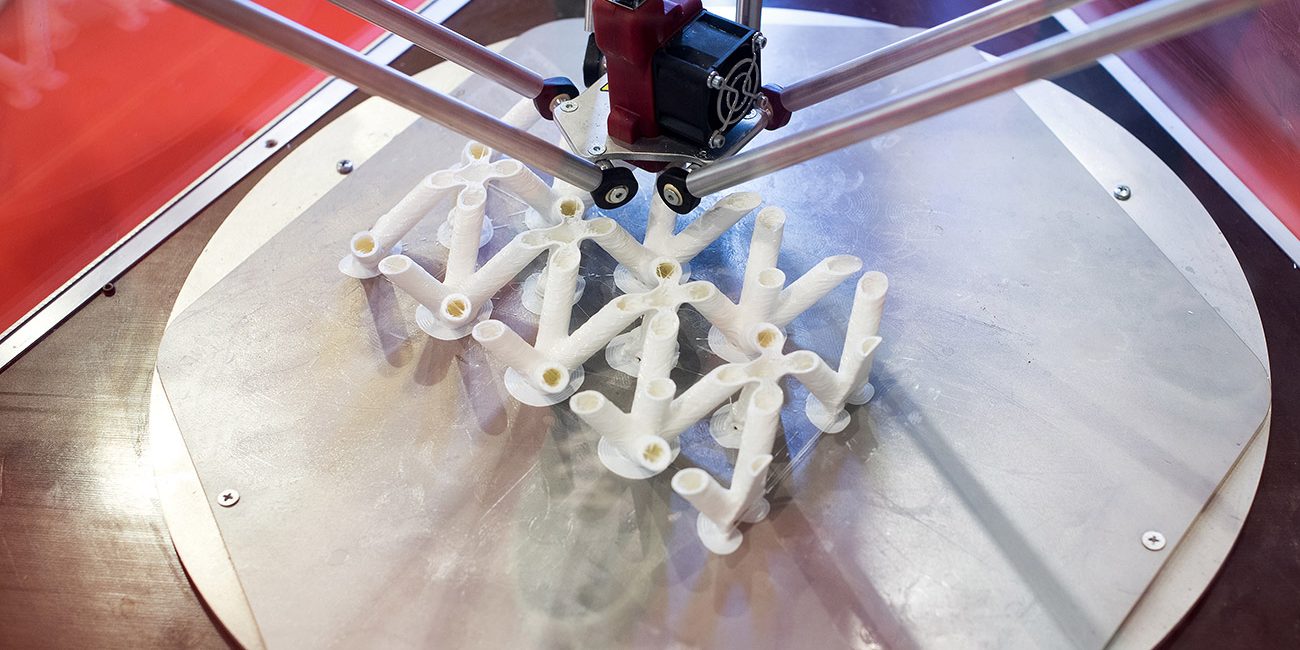Whenever someone mentions the concept of 3D printing, we can’t avoid but think of futuristic technology, still out of our reach. Interestingly, the technology for additive manufacturing (aka 3D printing) has been around since the early ’80s. Many fields and industries have been finding ways to apply additive manufacturing. This is because there are many benefits of 3D printing for small businesses that shouldn’t be left aside.
Regardless of our industry or field, looking for cost-effective alternatives for production is always a priority. Also, many start-ups can’t afford the costs of mass production volumes. Experimenting with different materials, and even offering customizable products are some of the benefits of 3D printing for small businesses that we will discuss.
The costs of developing and producing prototypes are a common step back that many startups face early on. Besides, prototyping is a crucial part of the process when it comes to testing a product’s functionality and the market’s approval. One of the many benefits of 3D printing for small businesses is that it can provide cost-effective prototyping alternatives.
Additive manufacturing allows companies and businesses to reduce production costs quite significantly. Mold fees that would normally be around tens of thousands of dollars, can now be reduced to a couple of hundreds.
Another common roadblock that small businesses might find early on their journey is having to pay for mass production volumes. Whenever we want to develop a product or a prototype, spending on massive volumes turns into a waste of both resources and materials.
However, through 3D printing, we’re able to significantly reduce the number of items we pay for. This brings several benefits, as we don’t have to spend more capital than the absolutely necessary. It also becomes an environment-friendly alternative of prototyping and production.
One more of the many benefits of 3D printing for small businesses is the flexibility it provides material-wise. Being able to experiment with different elements during our prototyping and production is a great advantage. This way, we can test endurance, flexibility, functionality, and market response to our product through cost-effective channels.
In addition, having different materials at hand, such as plastic, metal, glass, ceramics, and paper, can help us develop a more creative and innovative product. This, in turn, would make our market welcome and adopt our product faster.
We’re living in the age of customization and personalization of products, services, and goods. The vast majority of businesses are following such a model, and so far, it’s proven successful. Having easily customizable products is another of the benefits of 3D printing for small businesses we should consider.
There are many ways we can offer customizable products available through additive manufacturing. If we have been considering adding 3D printing processes to our business model but haven’t figured out how to cover such investment, factoring your accounts receivable might be the right choice for you. This way, you would have access to a cash advance in a fast and simple way. As a result, you would have the capital to need to cover such a smart investment.








